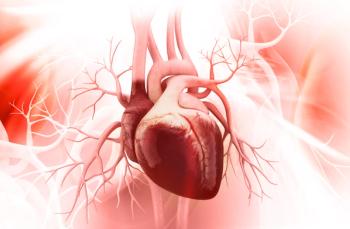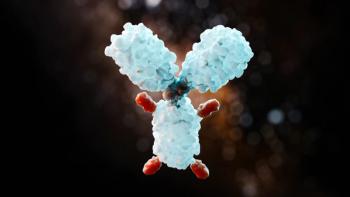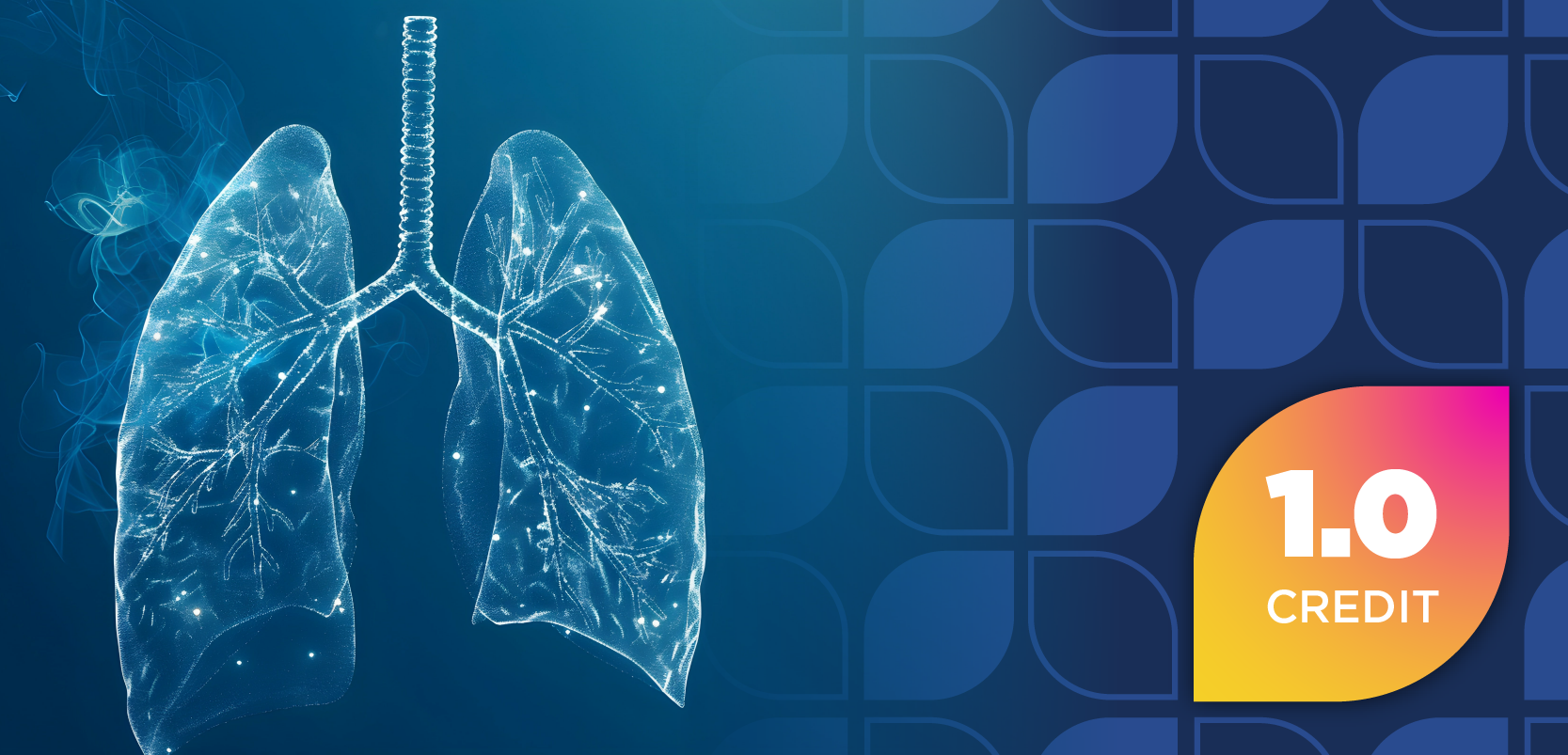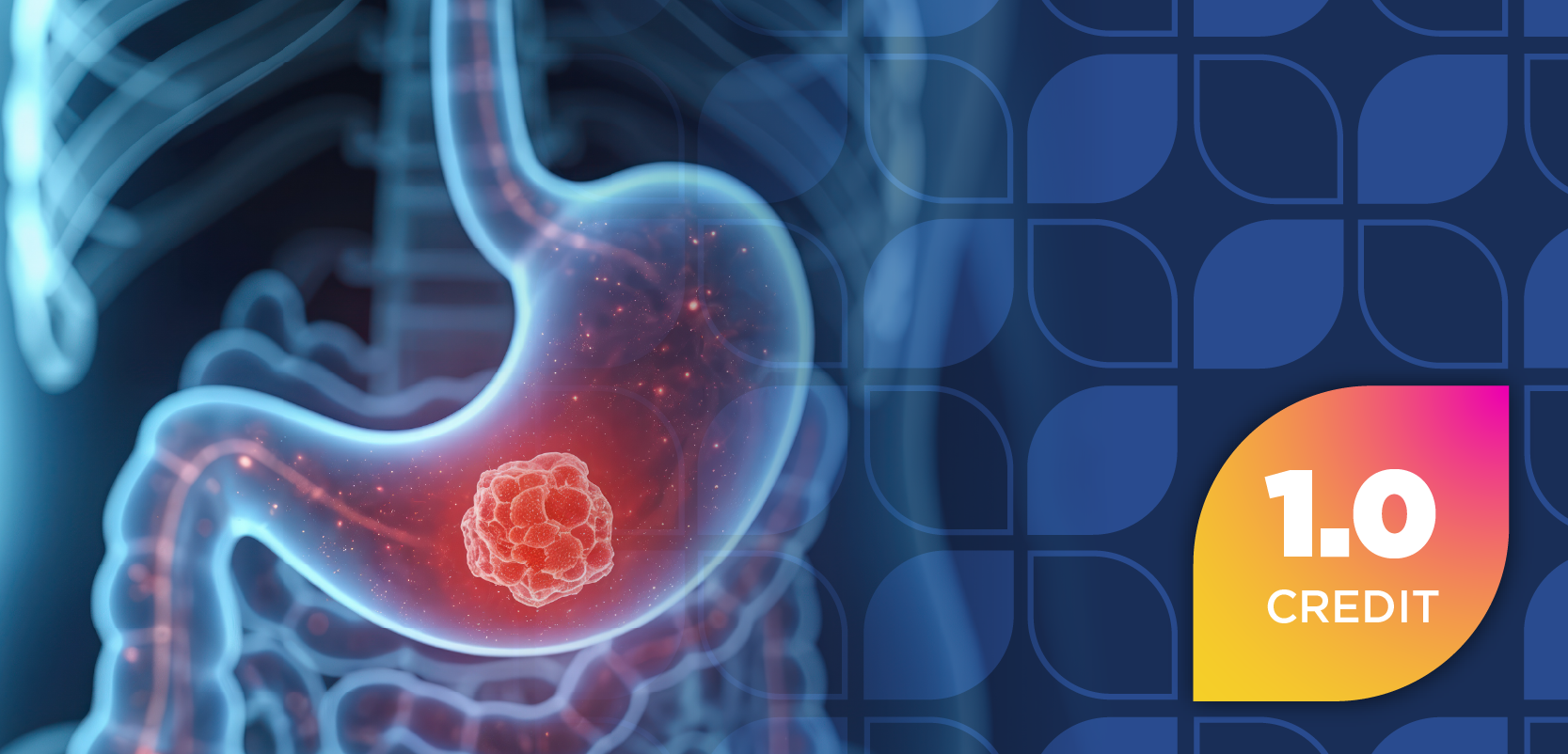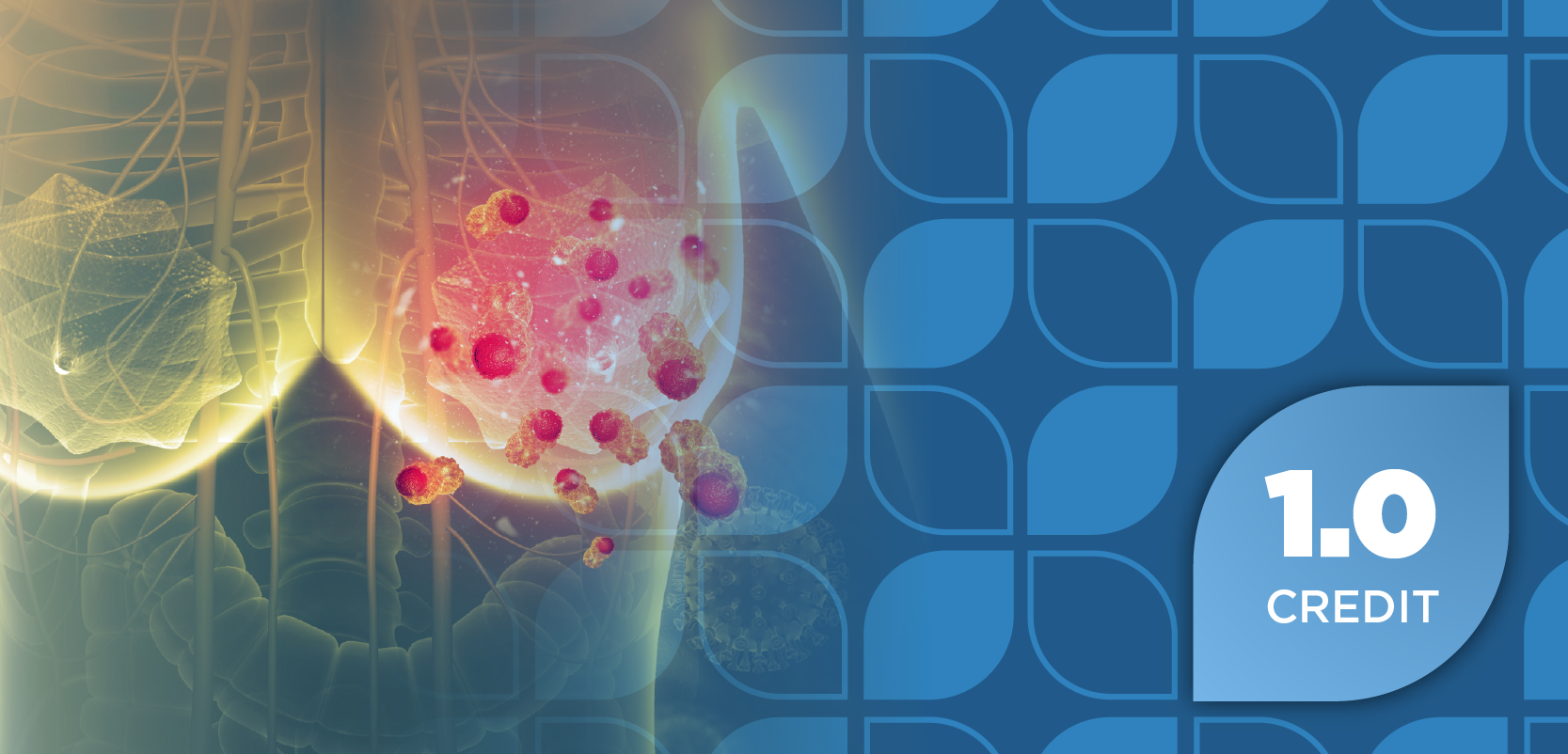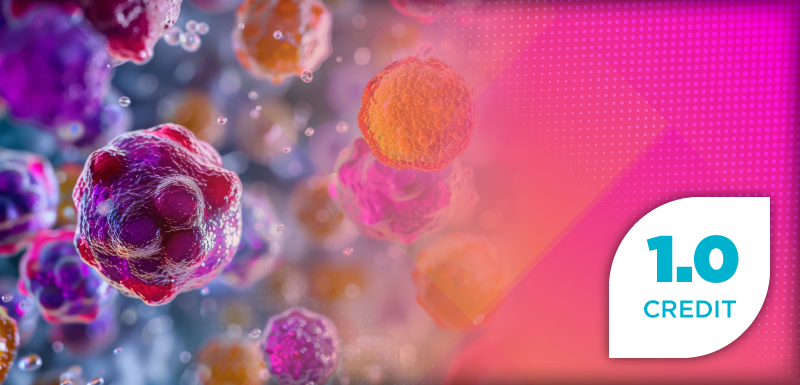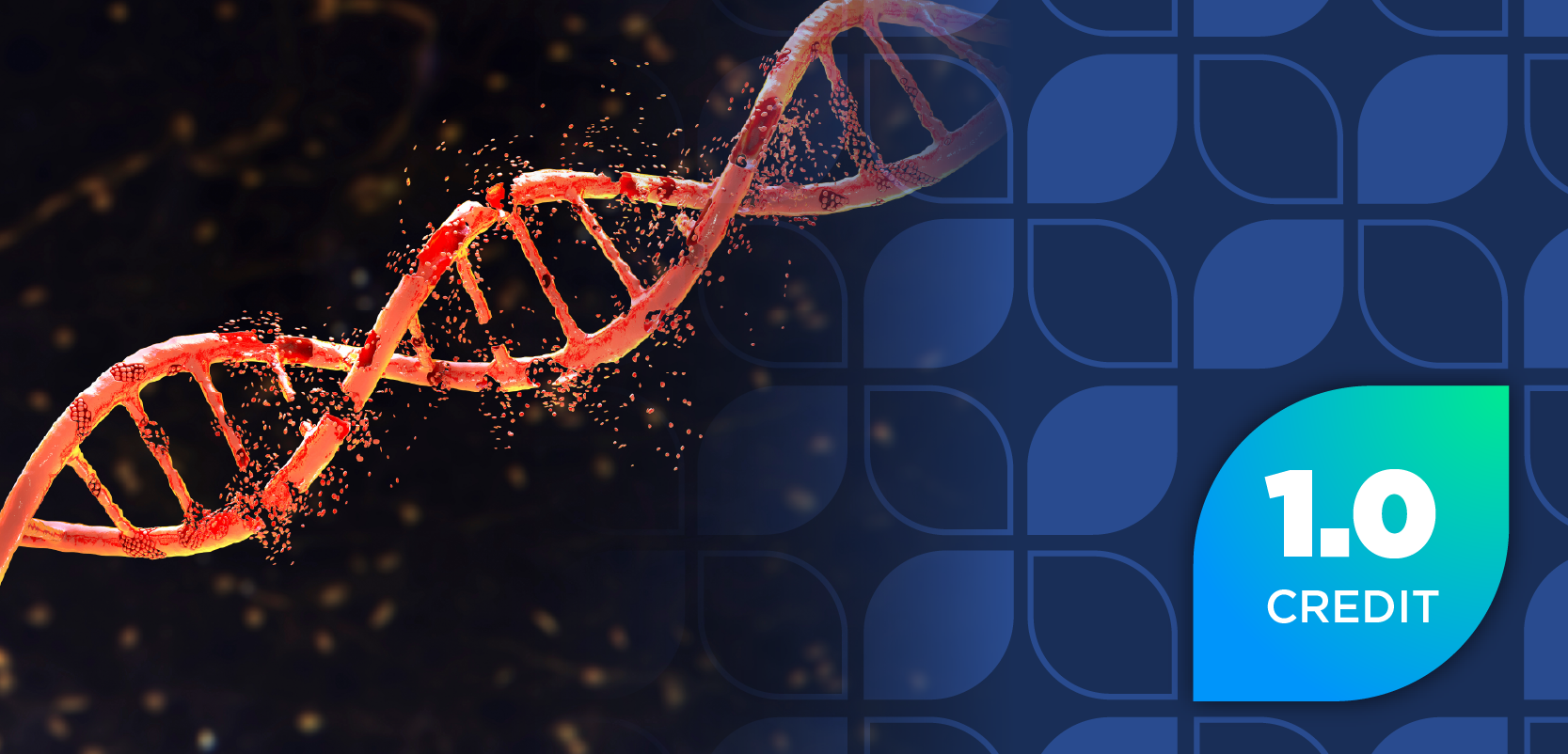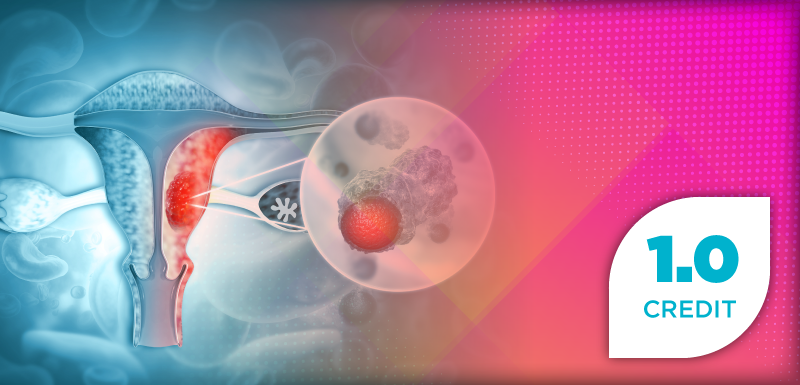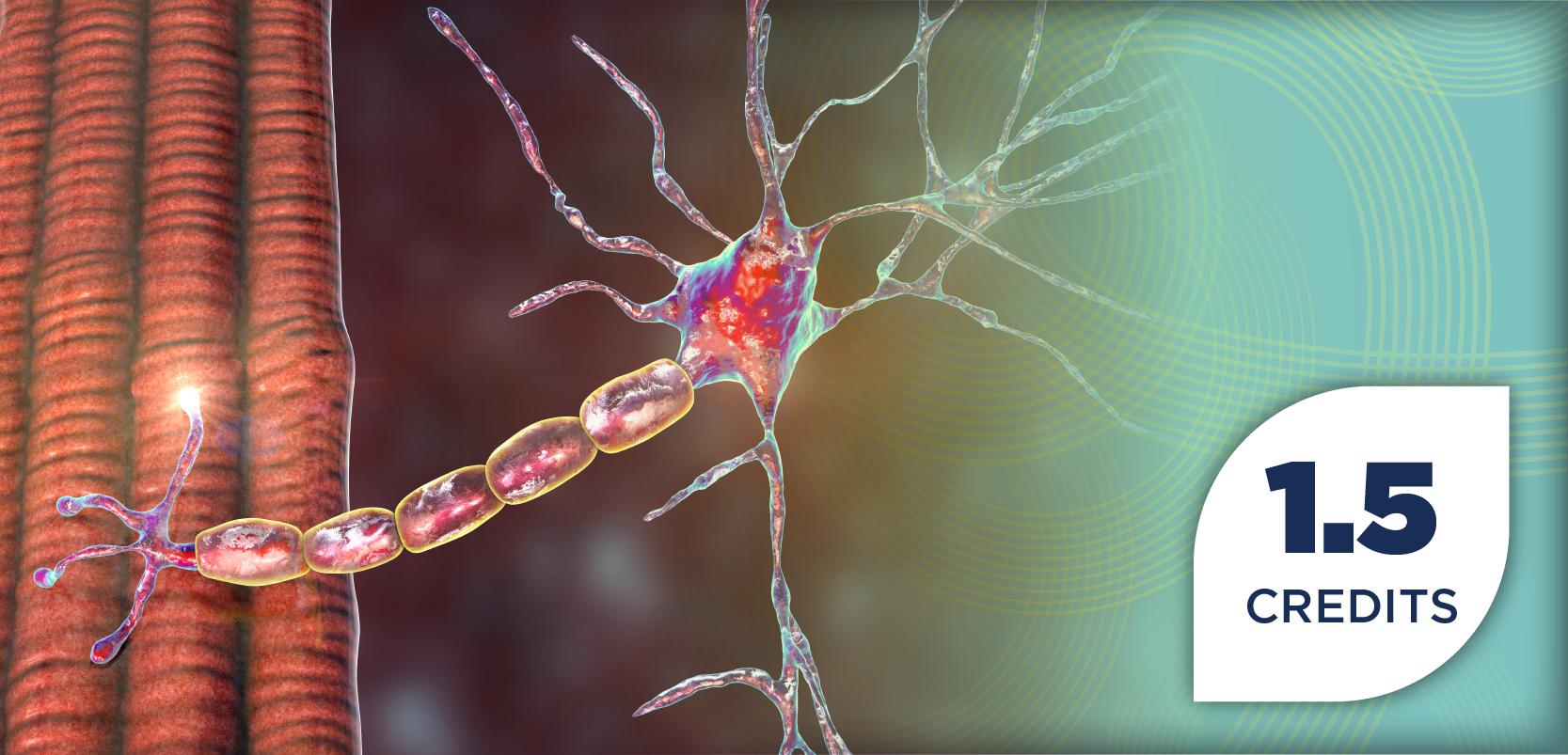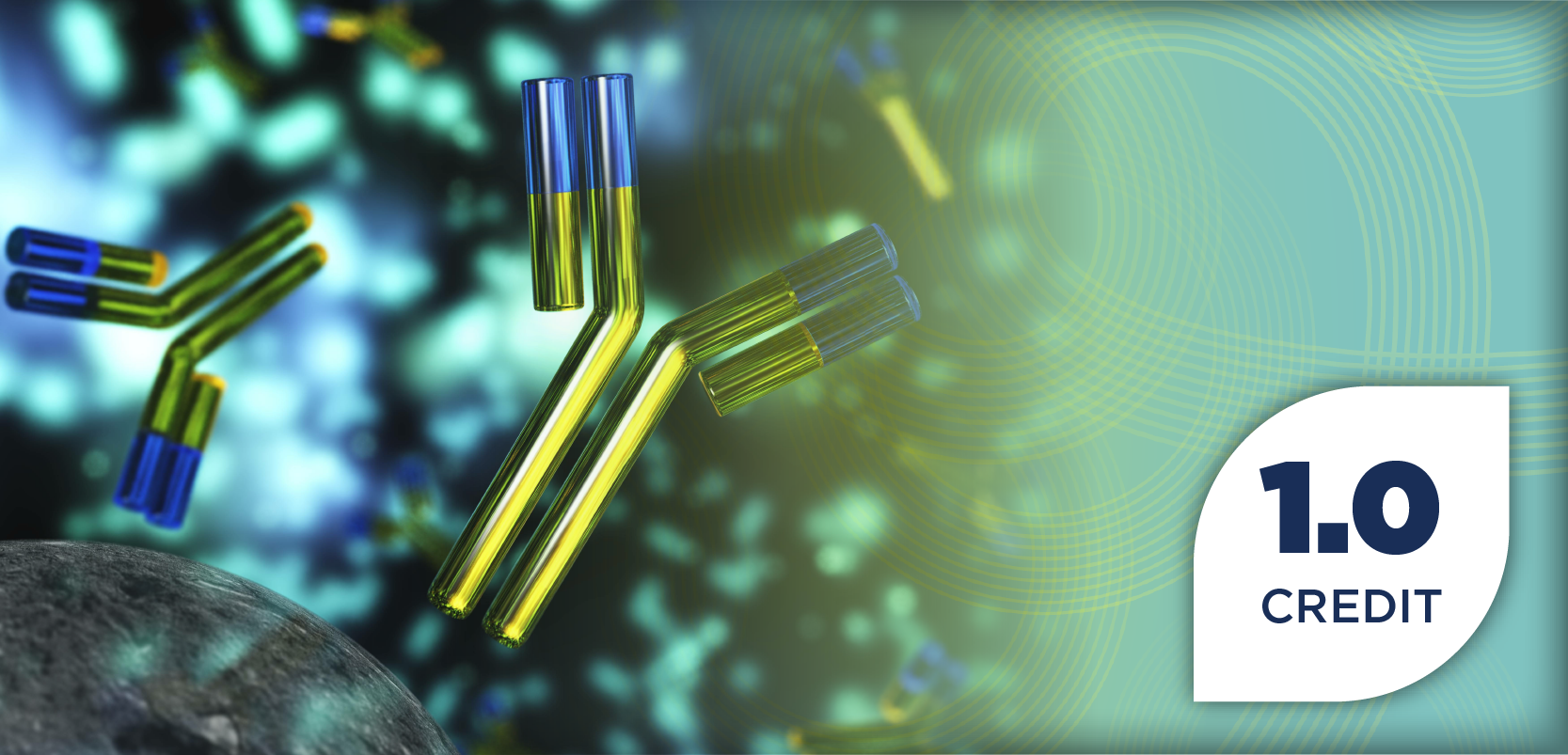
AACR 2025: AI-Driven Biomarker Model Can Accurately Detect Cancer Cachexia
Key Takeaways
- An AI-driven biomarker model improves cancer cachexia prediction, outperforming traditional diagnostic methods by integrating CT scan analysis with clinical data.
- The model accurately detects cachexia in 77% of patients, increasing to 85% with additional clinical data, and predicts survival for specific cancers.
Artificial intelligence (AI) models enhance cancer cachexia detection, improving accuracy in predicting muscle atrophy and patient outcomes through advanced biomarker analysis.
Researchers developed an artificial intelligence (AI)-driven biomarker model that led to more accurate prediction of cancer cachexia in patients with cancer, according to data presented at the American Association for Cancer Research Annual Meeting in Chicago. The findings showed the AI-driven model was more successful than traditional methods of diagnosis.
Cancer cachexia is a serious complication associated with various cancer types and is characterized by systemic inflammation, weakness, muscle atrophy, and significant weight loss. It is difficult to reverse once it starts and is most common in patients with advanced disease. There are 3 stages of cancer cachexia: precachexia, which is when treatment is most successful and symptoms include appetite and weight loss; cachexia, which is when patients begin to experience fatigue and reduced strength; and refractory cachexia, which involves severe muscle loss and continued weight loss. It is difficult to treat because of current methods of diagnosis.1
“Detection of cancer cachexia enables lifestyle and pharmacological interventions that can help slow muscle wasting, improve metabolic function, and enhance the patient’s quality of life,” said Sabeen Ahmed, a graduate student at the University of South Florida and Moffitt Cancer Center. “Unfortunately, current methods for detecting cancer cachexia rely on clinical observations, weight loss thresholds, and indirect biomarkers, which are often inconsistent, subjective, and detected too late in disease progression.”2
AI has revolutionized cancer screening and diagnostics. With this in mind, Ahmed and her team developed and tested a multimodal AI-driven multilayer perceptron model capable of detecting the likelihood that a patient has or will develop cancer cachexia. They trained 2 deep learning models (nnU-Net 2D) on CT scans from 50 patients with gastroesophageal cancer and 15 patients with pancreatic cancer. The team’s system automatically processes axial CT scans, finds the end-third lumbar (L3) slice, outlines skeletal muscle, and produces both muscle measurements and uncertainty maps. These imaging results are then combined with clinical data to create a comprehensive dataset, which can predict survival and the risk of cachexia at diagnosis using a multi-layer perceptron (MLP) model.2
The AI-driven biomarker model operates in 2 main steps. First, it analyzes diagnostic images like CT scans to automatically detect and measure skeletal muscle using a specialized algorithm. It also estimates its confidence in each measurement, helping flag results that may be inaccurate and require expert review. In the second step, the model integrates various clinical data commonly collected during cancer diagnosis—such as lab results, electronic medical record notes, and body measurements—with the muscle data from the first step to generate the final AI-based biomarker.2
“The median discrepancy of 2.48% indicates that, on average, the model’s measurements of skeletal muscle were very close to the expert radiologists’ measurements, demonstrating the high reliability of our AI-based approach,” Ahmed said.2
The model was capable of accurately detecting cachexia in 77% of patients, which was increased to 81% with the addition of lab results. Further, this increased to 85% with the inclusion of structured clinical notes. Ahmed and her team also assessed whether the model could predict a patient’s relative survival. They found that the model offered greater accuracy for patients with pancreatic (6.7%), colorectal (3%), and ovarian cancer (1.5%).2
The data are very promising and may offer patients a robust and reliable diagnostic tool for detecting cancer cachexia. With proper identification, monitoring, and management, health care providers can ensure optimal quality of life for patients with cancer.2
“Our AI-driven multimodal approach provides a scalable and objective solution for detecting cancer cachexia using multiple types of data collected at the time of cancer diagnosis, potentially allowing health care providers to initiate interventions to mitigate cachexia earlier in the disease course,” she concluded. “The findings highlight the growing potential of machine learning to revolutionize cancer care and enable personalized treatment plans.”2
REFERENCES
1. Cancer cachexia. National Cancer Institute. Accessed April 24, 2025. https://www.cancer.gov/about-cancer/treatment/side-effects/cancer-cachexia#:~:text=for%20cancer%20cachexia-,What%20is%20cancer%20cachexia%3F,to%20reverse%20once%20it%20starts .
2. Ahmed S, Parker N, Park M, et al. AI-driven biomarker model may improve detection of cancer cachexia. American Association for Cancer Research Annual Meeting. April 27, 2025. Chicago, IL. Abstract 1143
Newsletter
Stay informed on drug updates, treatment guidelines, and pharmacy practice trends—subscribe to Pharmacy Times for weekly clinical insights.


